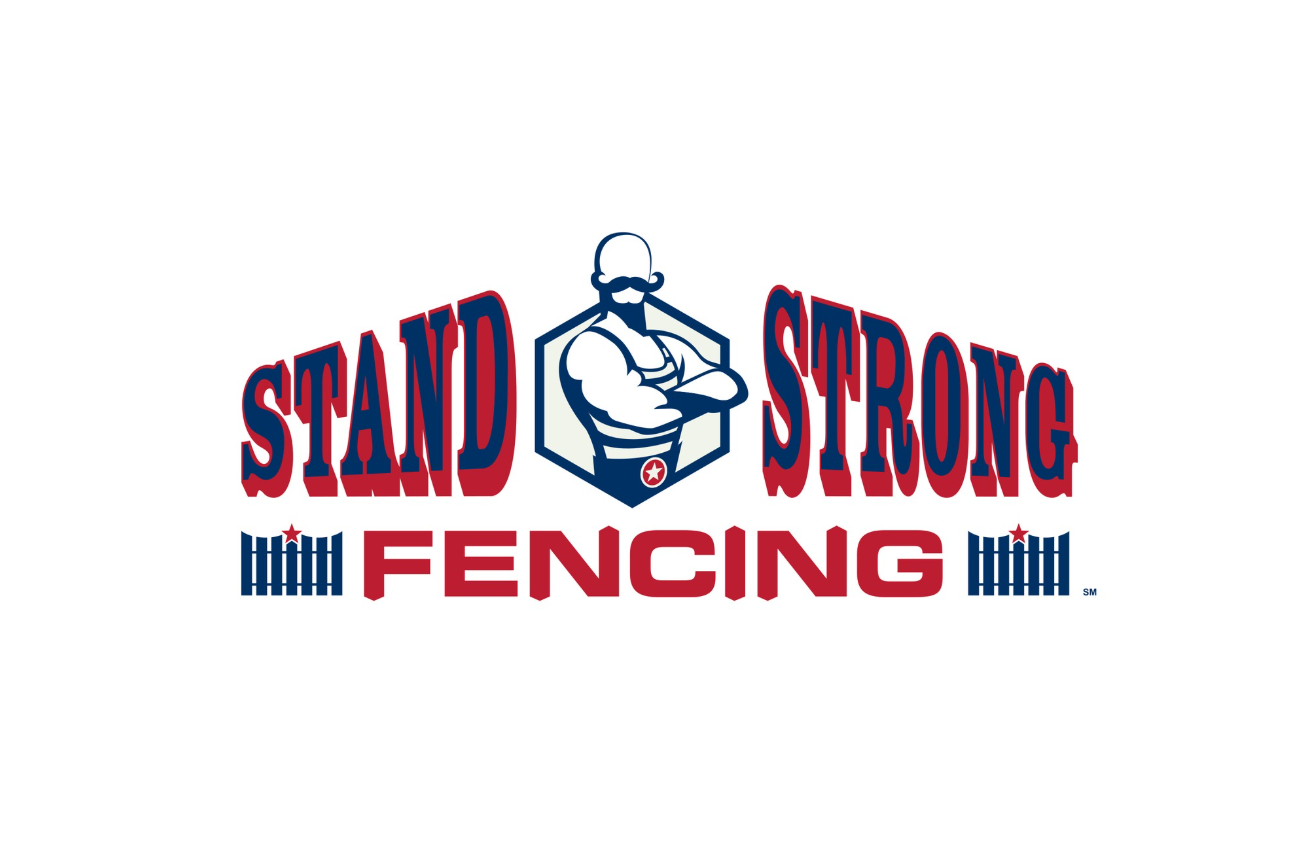For many aspiring entrepreneurs, franchising offers a proven path to business ownership with the support of an established brand. However, one of the first questions potential franchisees ask is, “How much does a franchise cost?” The answer varies widely depending on the industry, brand, and location. Understanding the different costs involved in opening and running a franchise is essential for making informed financial decisions. This guide explores the major expenses that come with franchising in the USA and what entrepreneurs should expect when planning their investment.
Initial Franchise Fee
The first cost that every franchisee encounters is the initial franchise fee. This one-time payment grants the right to use the franchisor’s brand name, systems, and business model. Depending on the franchise, these fees can range from as little as $10,000 for smaller service-based businesses to over $100,000 for well-known national brands. The franchise fee typically also covers training, support during the setup phase, and initial access to proprietary tools or technology. While it may seem significant, this cost represents the entry point into an established system with built-in recognition and support.
Real Estate and Location Costs
For many franchises, securing a location is one of the largest expenses. Restaurant, retail, and fitness franchises often require high-traffic spaces that come with premium rent. Costs will vary depending on the city, neighborhood, and square footage. In addition to rent or property purchase, franchisees should budget for build-out expenses, including remodeling, signage, furniture, and equipment to meet brand standards. These costs can run into hundreds of thousands of dollars and are essential to creating a consistent customer experience across all franchise locations.
Equipment and Inventory
Another major cost category is equipment and inventory. For restaurants, this may include ovens, refrigerators, and kitchen tools, while fitness centers require machines, weights, and specialized flooring. Retail franchises need shelving, displays, and initial stock. The cost of equipment depends heavily on the business model, but it often represents one of the most significant upfront investments. Additionally, franchisees must purchase their initial inventory, either directly from the franchisor or from approved suppliers, to ensure brand consistency and quality.
Ongoing Royalties and Marketing Fees
Franchise ownership also comes with recurring expenses, most notably royalties and marketing contributions. Royalties are typically calculated as a percentage of gross revenue, ranging from 4 percent to 10 percent depending on the franchise. These fees support ongoing franchisor services such as training, technology, and operational assistance. Marketing or advertising fees are usually another percentage of sales, allocated to national or regional campaigns that benefit all franchisees by promoting brand awareness. While these costs reduce net profits, they are crucial for maintaining the franchise’s market presence and long-term value.
Training and Staffing Costs
Franchisors generally provide comprehensive training for new owners and managers, but franchisees are responsible for additional staffing costs. Recruiting, onboarding, and paying employees represent ongoing expenses that vary by industry and location. Service-based franchises with minimal staff may have lower costs, while restaurants and hospitality businesses require larger teams. Training also extends beyond initial setup, as franchisees must continuously educate employees to uphold brand standards and meet customer expectations.
Working Capital and Hidden Expenses
In addition to the obvious costs, franchisees must plan for working capital to cover expenses during the initial months of operation before the business becomes profitable. This includes payroll, utilities, insurance, and unexpected repairs or maintenance. Many franchisors require franchisees to demonstrate access to a specific level of working capital as part of the approval process. Hidden costs such as permits, licenses, and professional fees for legal or accounting services can also add up quickly, making careful financial planning essential.
Conclusion
The cost of owning a franchise in the USA varies dramatically, depending on the brand, industry, and location. While some service-based franchises can be launched for under $50,000, others, particularly in the restaurant or retail sectors, may require investments exceeding $1 million. Beyond the initial franchise fee, entrepreneurs must budget for real estate, equipment, inventory, royalties, marketing, staffing, and working capital. Understanding these costs in advance allows potential franchisees to prepare financially and make well-informed choices. With careful planning and realistic expectations, franchising can be a rewarding pathway to business ownership and long-term success.










